Ecological Health & Function
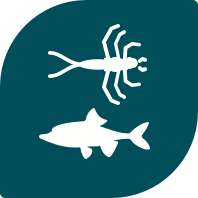
CATEGORY: Biotic Community

Native Fish Indicator
Fish population monitoring, typically conducted via electrofishing surveys, is used to determine fish species composition, density estimates, age or size class distribution, and other metrics related to the health of the fishery. In the Middle Yampa Segment, there is a lack of comprehensive data related to native fish populations. For this segment, the native fish indicator is focused on percent native fish and presence of mountain whitefish and the “Three Species.” The “Three Species” are bluehead sucker, flannelmouth sucker, and roundtail chub.
Native Fish score by Riverscape

Native Fish of the Yampa River
Native Salmonids
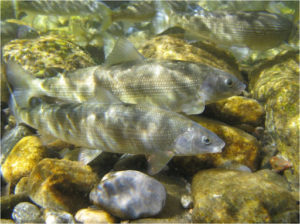
Mountain Whitefish
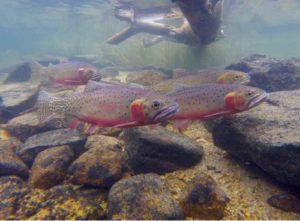
CO River Cutthroat Trout
Colorado River cutthroat trout and mountain whitefish are the only native salmonid species of the Upper Yampa. Other salmonids include brown trout and rainbow trout, and while these are enthusiastically fished by anglers, these two species are not native to the Yampa River.
(Photo credits: K. Rogers, CPW)
The “Three Species”
css
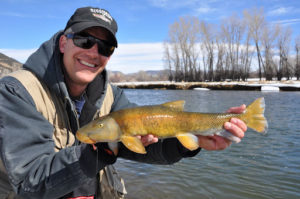
Bluehead Sucker
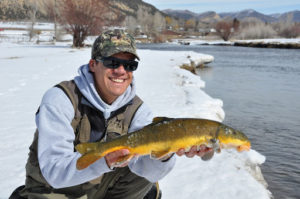
Flannelmouth Sucker
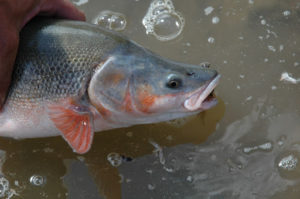
Roundtail Chub
Bluehead sucker, flannelmouth sucker, and roundtail chub frequently inhabit the same waters and are commonly referred to as the “Three Species” in management and conservation plans.
(Photo credit, K. Rogers, CPW)
Widely Distributed Native Species
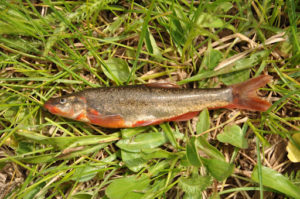
Speckled Dace
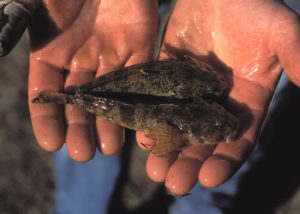
Mottled Sculpin
Speckled dace and mottled sculpin are the only Western Slope native fish species that have not experienced a basinwide decline in their population distribution and numbers.
(Photo Credit, K. Rogers, CPW)
Threatened and Endangered Native Fish
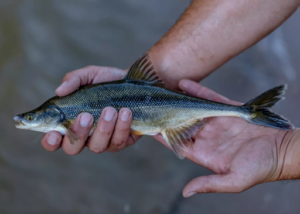
Bonytail
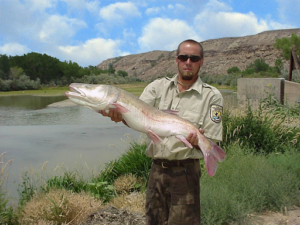
Colorado Pikeminnow
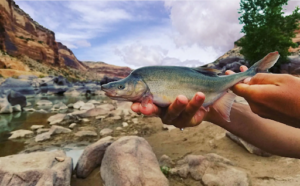
Humpback Chub
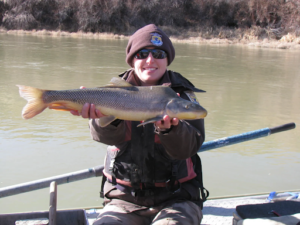
Razorback Sucker
Four rare native fishes: bonytail, humpback chub, Colorado pikeminnow, and razorback sucker are either threatened or endangered and only live in the Colorado River Basin. Thanks to the Yampa River’s near-natural annual flows, Dinosaur National Monument provides some of the last known spawning and nursery habitat for these rare big river species.
(Photo Credits, Upper CO River Recovery Program)
TO LEARN MORE on the native fish species found in the Yampa River, please click on the below links:
